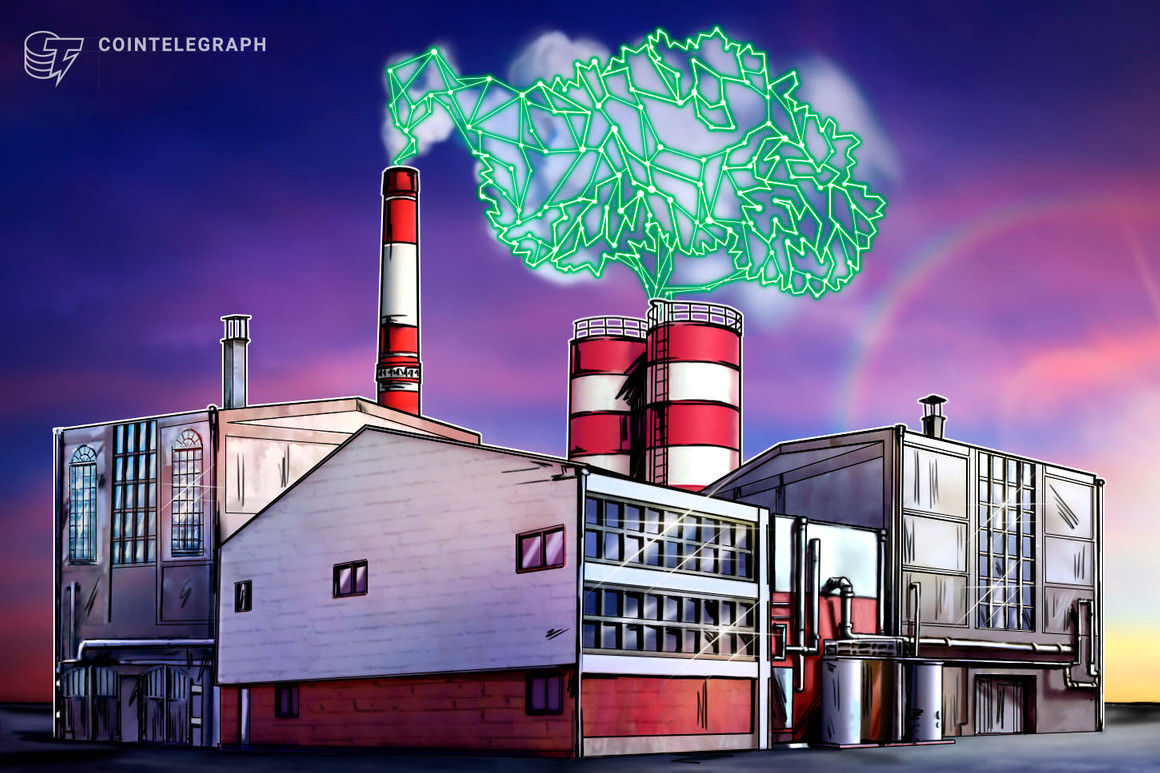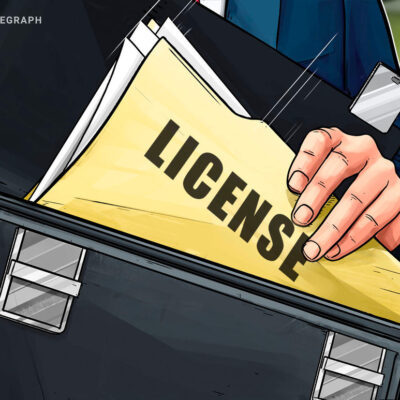The United Nations Climate Change Conference, known as COP26, in Glasgow, Scotland catalyzed a commitment to carbon neutrality, achieving net-zero carbon emissions, requiring reducing emissions as much as possible, and balancing the remaining emissions with the purchase of carbon credits.
A carbon credit reduces, avoids or removes carbon emissions in one place to compensate for unavoidable emissions somewhere else through certified green-energy projects. Carbon credits represent one ton in carbon emission reduction. They are 1) Avoidance or reduction projects — e.g., renewable energy (wind, solar, hydro, biogas) — and 2) Removal or sequestration — e.g., reforestation and direct carbon capture, which are aimed at the voluntary carbon market (VCM). Carbon credits can be resold multiple times until it has been retired by the end-user who wants to claim the offset’s impact. Carbon credits can also have co-benefits, such as job creation, water conservation, flood prevention and preservation of biodiversity.

Carbon registries store the carbon credits issued by third-party independent and internationally certified auditors or verifiers, in accordance with independent standards. Serial-numbered credits are issued by the verifiers, and the offset reduction claim gets converted to carbon credits that can be traded or retired. Carbon markets turn CO2 emissions into a commodity or tradable environmental asset by giving it a price.
Related: UN’s COP26 climate change goals include emerging tech and carbon taxes
In the compliance market, carbon allowances are traded. There are currently 64 compliance markets in the world, and pricing is determined by the emitters and polluters. The European Union carbon market or Emissions Trading System (ETS), is the largest carbon market, with a 90% share in the global trade. Entry into the EU ETS is restricted to large polluters only and their brokers that are regulated by the operators of the program. The supply of credits is also controlled to manage the pricing. Only the carbon prices traded in the EU ETS reflect the true cost to pollute carbon, but access to the market is not equitable.

Small companies and individuals can only access the voluntary carbon market, where they buy credits at their own discretion to offset emissions from a specific activity. Voluntary credits usually cannot be traded under the compliance market regime. Voluntary carbon markets are expected to grow 15-fold by 2030 to respond to increased private sector demand for climate solutions, according to the “Taskforce for Scaling the Voluntary Carbon Market Final Report January 2021.†A significant problem with VCMs is that carbon credit prices have been low. The low costs of voluntary credits at $2–$3 per credit neither motivate nor incentivize project developers and do little to capture the true cost of climate pollution as compared to the compliance markets.
Related: The pandemic year ends with a tokenized carbon cap-and-trade solution
An excellent article for understanding VCM is “The Good Is Never Perfect: Why the Current Flaws of Voluntary Carbon Markets Are Services, Not Barriers to Successful Climate Change Action.†In this article, Oliver Miltenberger, Christophe Jospe and James Pittman highlight key issues around the design, function and the scale-up of VCMs.
Greenwashing. This happens when companies with false energy efficiencies claim to be more environmentally friendly than they really are, and thus high rates of ineffective credits are used to offset corporate emissions.
Carbon accounting. The number of claims for offsetting emissions is unrealistic, given ecosystem constraints. Net-zero ambitions should have disclosure requirements and be audited. Double-counting can happen intentionally but also occurs due to a lack of complete accounting protocols and a lack of alignment between market jurisdictions or operators.
Market failures and inefficiencies. One major critique emphasizes the risk to unfairly burden product and service markets with compliance costs, and there are few incentives for businesses that voluntarily take action to mitigate an environmental impact.
Monitoring, reporting and verifying. The costs of these activities can constitute the majority of the market value of a carbon credit, reducing the incentive for implementation.
Additionality and baselines. Carbon removal projects utilize inherently subjective baselines.
Permanence. This refers to the assurance that carbon will remain in a stock for an extended period of time, usually 30–100 years. However, there is an opportunity to protect and expand carbon sinks, incentivize low carbon production, and increase the flow of carbon from the atmosphere to short-term and durable stock, even in cases with shorter-term permanence.
Stakeholder inclusion and inequity. Projects can disenfranchise local livelihoods. In some early REDD + projects, the financialized carbon benefits resulted in local communities having restricted access to their traditional land and livelihoods.

These can help with: standardized accounting protocols for interoperability across accounting scales and systems; greater transparency from VCM operators and credit purchasers; standalone certifications on rights and ownership of credits; improved traceability. Traceability, liquidity and smart contracts allow carbon credits to be used in innovative ways, creating additional demand in the overall VCM.
Related: How blockchain technology is transforming climate action
When combined with remotely sensed data via satellite imagery, drones, laser-detecting devices and Internet-of-Things devices with machine learning and artificial intelligence, analytics can decrease development costs and increase rigor in measurement. Southpole pointed out:
“Blockchain technology has enormous potential for climate action. This is only the case, however, when the right safeguards are in place to ensure environmental integrity. Web3 applications can be part of the climate solution, but they have to be designed and applied in the right way.â€
While the potential exists, we need action to rectify the problems in VCM, including:
- Strengthening the incentives for decarbonization
- Pricing carbon is urgently needed with improved price transparency
- Reducing the cost of carbon credit creation
- Reducing transaction costs and providing additional liquidity
- Making the prices in the spot and futures market higher and more reliable
- Building carbon credits as a viable asset class by providing predictable returns on investment and including value protection for buyers and sellers
- Creating safeguards to protect reputation and legal processes for disputes settlement
- Clarity on taxation exemption of carbon credits, moving from “polluter pays†to “polluter invests†and full price discovery goes to the green owners on the ground taking direct climate action on their behalf.
Kishore Butani of the Universal Carbon Registry in India pointed out, “Merely taking carbon credits on-chain does nothing for price discovery. It’s worse when the broker and middleman buy cheap and create tokens as we’re seeing currently, totally cutting off the project owner in the ground. What’s needed is not an NFT [nonfungible token] from the buy-side of the carbon market, but integration directly with carbon repositories that help rural developers and green project owners create the carbon NFTs.†He also added:
“Can we learn from Bitcoin and price all mining years equally and make the entry into the VCM affordable to the rural poor in developing countries and stop diverting carbon finance to projects in Annex 1 countries? These countries are obligated to go green, my India isn’t.â€
VCM are an essential means to catalyze action but need major improvements to fulfill that role.
This article does not contain investment advice or recommendations. Every investment and trading move involves risk, and readers should conduct their own research when making a decision.
The views, thoughts and opinions expressed here are the author’s alone and do not necessarily reflect or represent the views and opinions of Cointelegraph.
Jane Thomason is the chairperson of Kasei Holdings, an investment company specializing in the digital asset ecosystem. She holds a Ph.D. from the University of Queensland and has had multiple roles with the British Blockchain & Frontier Technologies Association, the Kerala Blockchain Academy, the Africa Blockchain Center, the UCL Centre for Blockchain Technologies, Frontiers in Blockchain, and Fintech Diversity Radar. She has written multiple books and articles on blockchain technology. She has been featured in Crypto Curry Club’s 101 Women in Blockchain, the Decade of Women Collaboratory’s Top 10 Digital Frontier Women, Lattice80’s Top 100 Fintech for SDG Influencers, and Thinkers360’s Top 50 Global Thought Leaders and Influencers on Blockchain.






